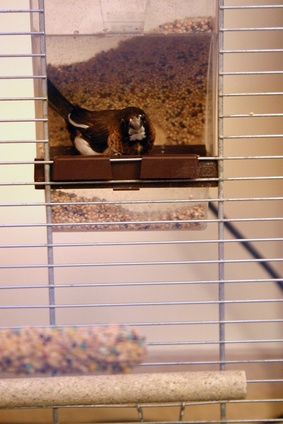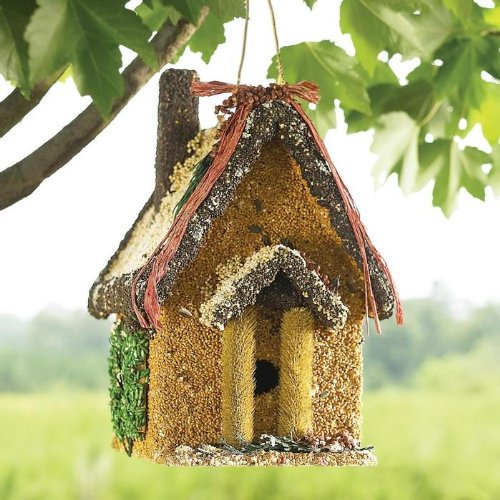

As demand inceases for rare and heritage poultry breeds, fertile eggs are being shipped over greater distances ascross the continent. Every year, many heritage breed fertilised chicken eggs are mailed or shipped to share, on poultry forums or Ebay or other online auctions.
Shipping and hatching fertilised chickens eggs can be very rewarding, but when the hatching eggs arrive broken, or damaged it is a total loss. If they have to be replaced and re-sent, who pays for replacement and shipping? And a yolky disappointing mess is not a great goodwill builder for a rare heritage chicken breeder
The whole shipping and buying hatching eggs is risky and there is always the uncertain treatment from the shipper or carrier. I think by following certain guidelines for wrapping packing and shipping, you can cut down the risks to your eggs and hopefully the recipient gets great hatches. Test mailings to yourself may cost a few dollars to start, but are a great way of saving money, no more broken shipments!
By following certain principles, no matter what the shipping material, eggs can arrive unbroken and in the best shape for incubation. Make use of what you already have on hand!
If we think about storing fertilised chicken eggs and how they would be stored for those 3 days if not in the mail, I think you have nothing to lose by trying your best to "store them" the same way in the box.
Whatever you use for packaging it should be clean and the right amount of shock absorbing and cushioned but firm and non-slumping and if it insulates as well that is a bonus. We like the popcorn because it is biodegradable, easy to store til popped and edible for the chickens at the receiver's house.
I hope this helps you design a packaging setup for your fragile fertilized eggs! The principles apply to duck, goose, quail, guinea fowl and turkey eggs too! Ask any questions in the comments if something wasn't clear. I am happy to help!
There are many kinds of rare breed chickens you can have mailed to you then hatch.

By having eggs shipped to you, you can enjoy Rare Heritage breed chickens like
I have another article on how we wrap our fertilised chicken eggs for shipping and mailing! Lots of photos! We have shipped hundreds of eggs that way!
 Uncovering Swift Plans For Alligator
Alligators include the most dangerous with the exotic pets.
Uncovering Swift Plans For Alligator
Alligators include the most dangerous with the exotic pets.
 Pet Varieties That Dont Drop
Aside from serious behavioral problems, such as aggression,
Pet Varieties That Dont Drop
Aside from serious behavioral problems, such as aggression,
 Homemade Indoor Bird Cages
Homemade Indoor Bird Cages
Homemade In
Homemade Indoor Bird Cages
Homemade Indoor Bird Cages
Homemade In
 How to Make a Bird Trap
How to Make a Bird Trap
How to Make a
How to Make a Bird Trap
How to Make a Bird Trap
How to Make a
 How to Make Edible Bird Houses That Double as Homemade Bird Feeders
If you love the idea of crea
How to Make Edible Bird Houses That Double as Homemade Bird Feeders
If you love the idea of crea
Copyright © 2005-2016 Pet Information All Rights Reserved
Contact us: www162date@outlook.com